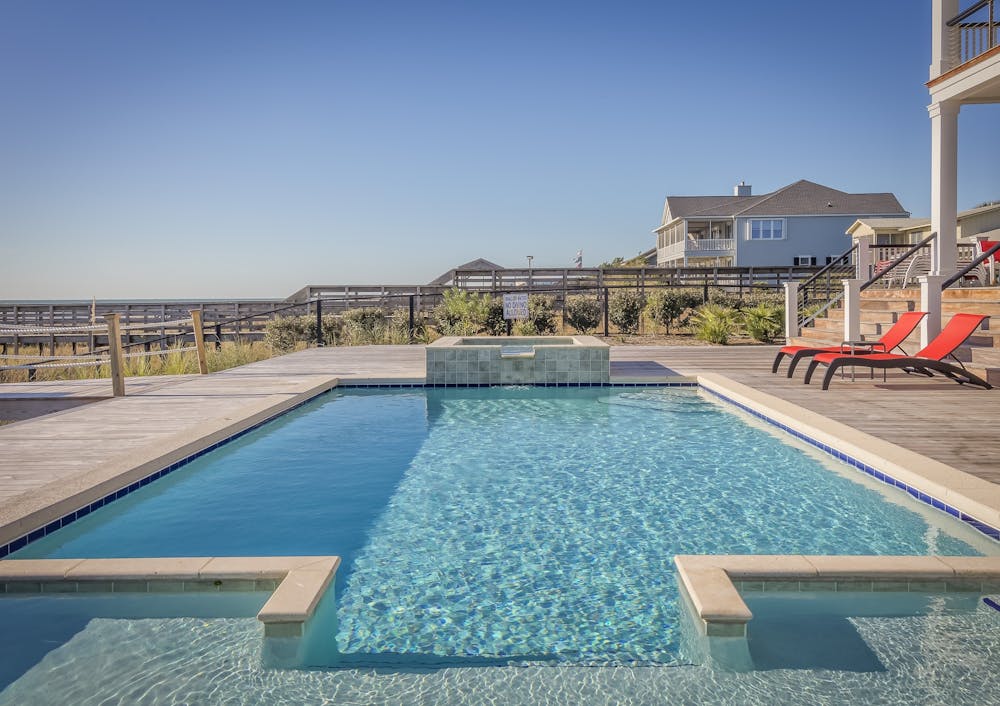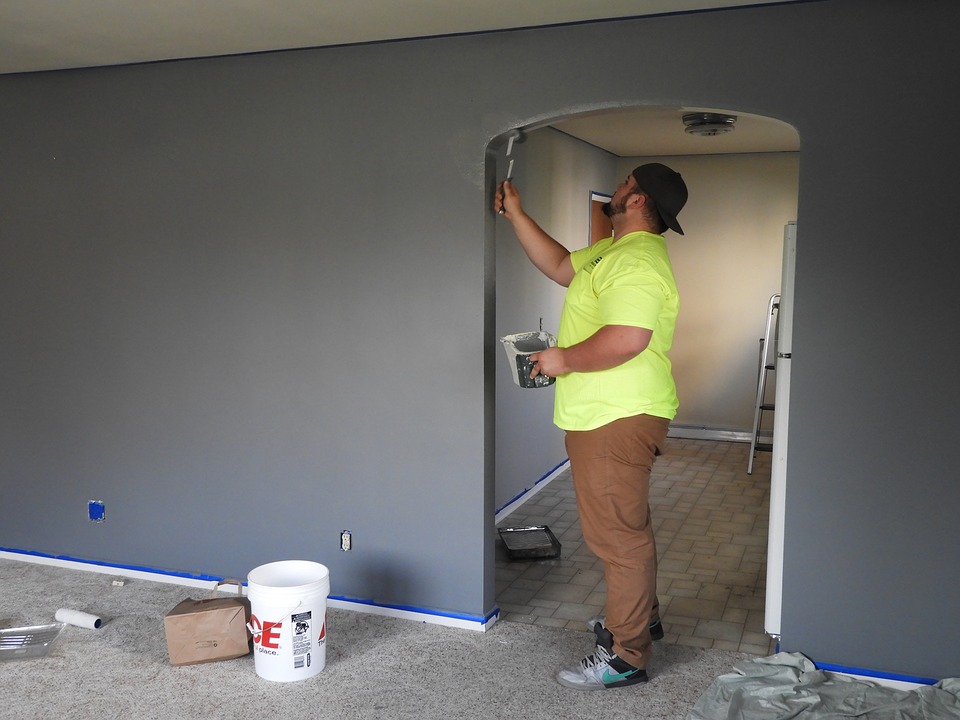For many businesses, the end of winter is both an exciting and sometimes stressful time. Whether you manage a hotel, a public park, or any other industry that operates outdoors, the turn toward longer days indicates the start of the busiest time of the year. One reason for this is because the coming of the warmer months means the pool season is back!
Preparing for expectant crowds to arrive looking for respite from the heat is reversing the winterization you performed at the end of the previous season. You will have to prepare both the equipment and the surrounding property to be ready for your pool opening. Below, we’ve put together a checklist of important tasks to perform to ensure your pool is ready for the summer season:
1. Begin With a Thorough Inspection
Before you can begin de-winterizing your pool, you will need to inspect everything to ensure it is still in good working order. Many business owners undertake this first task with a certain amount of anxiety because it’s the part where they discover if their winterization was effective in the first place. To avoid this stress, business owners often secure the professional help of companies such as Strong Refuge Pool in the Portland area, whose winterization services are extremely thorough and help to protect pools from freezing weather and blustery storms.
If the previous seasons’ winterization was effective, then the inspection process should be fairly simple. Antifreeze will have been added to the water, and the pumps will have been totally drained; both steps prevent damage to the pumps due to freezing pool water. However, if either of these steps were missed, then there is a chance that the pump could have been damaged and may need to be repaired. Your inspection should include a look at all the mechanical equipment in the pool as well as any areas where debris could have accumulated, such as in the bucket of the filtration system.
2. Clean and Store the Pool Cover
Your next task will be to remove the pool cover and clean it. Over the winter months, dirt and debris will have accumulated on the top of the cover, while pool chemicals will also have saturated the bottom. Both can be removed by gently scrubbing the cover with a solution of fresh water and dish soap—a few drops should serve for the entire cover—and then rinsing it with more fresh water. To prevent the growth of mold and mildew, the cover should be allowed to dry completely if it’s going to be folded up and placed in storage.
If you have a retractable, automated pool cover, it should still be cleaned, and the mechanical parts should be checked to ensure they remain in good working order during the coming season.
3. Clean the Pool Itself
Once again, if your pool was winterized properly at the end of the last season, the cleaning process should be relatively easy. However, since the pool hasn’t been used for months, it’s likely that there will be at least some dirt and grime that has built up. Hopefully, your pool cover will have kept most of the leaves, branches, and larger pieces of debris out of the pool. However, if anything has slipped through, you can remove it with a net or a pool vacuum for smaller parts.
Ideally, the chemicals added during the winterization process should also have prevented algal growth. However, if you see any hints of algae on the sides of the pool, you can scrub it away with a pool brush.
4. Add More Water and Check Your Chemical Levels
When you contact a professional service to winterize your pool, one of the steps they’ll usually take is to reduce the water level to prevent the pool from overflowing during freezing weather (as well as to protect the mechanical equipment). Evaporation may have caused the water level to drop further. Before the pool opens, add more water to the pool until you are satisfied with the level.
The next step will be to use pool testing strips to test the water’s chlorine levels. The removal and addition of fresh water and the use of winterization chemicals may have thrown off the delicate balance of the pool water. You may have to add more chlorine to achieve the required one to three parts per million. You may also need to add a certain amount of pH increaser or decreaser to restore the alkalinity to a healthy level—aim for a pH of around 7.5.
5. Call Your Pool Service for Any Necessary Repairs Well Before Opening
It’s important to remember that maintenance should be done throughout the year, not just during the busy season, and that even a dormant pool will require occasional cleaning. If you have been diligent with the maintenance of your swimming pool, it’s less likely you will require any major repairs before opening the pool. However, even if you’re careful, the pump or filtration system may still require repairs before opening day.
If you discover that you do need repairs, it’s important to contact your pool maintenance professional as soon as possible. Just as your business will get busier as pool season kicks into high gear, pool maintenance professionals will also find their services in greater demand as the weather warms up.
To avoid closing the pool—and consequently losing revenue—it’s wise to schedule repairs well ahead of time. Contacting your pool service professional when things are slower will allow you to stay ahead of the game and ensure a smooth start to your pool season.



